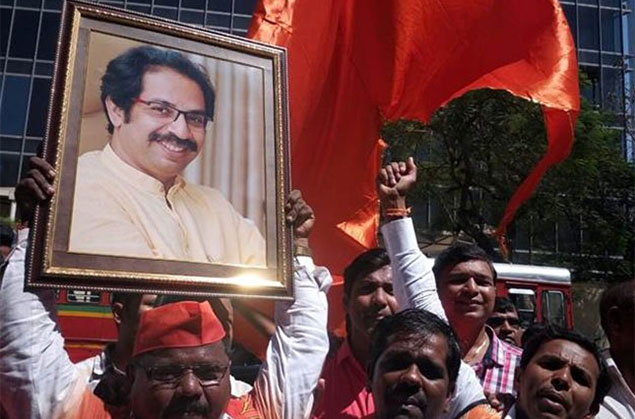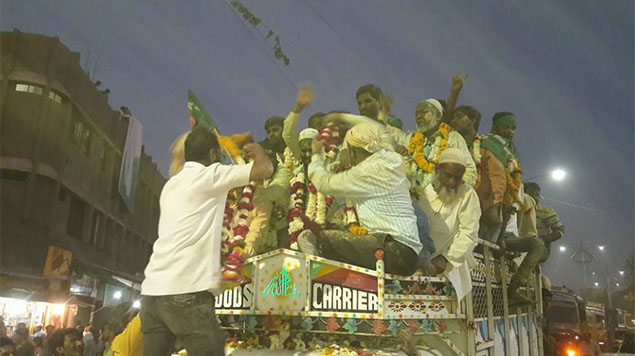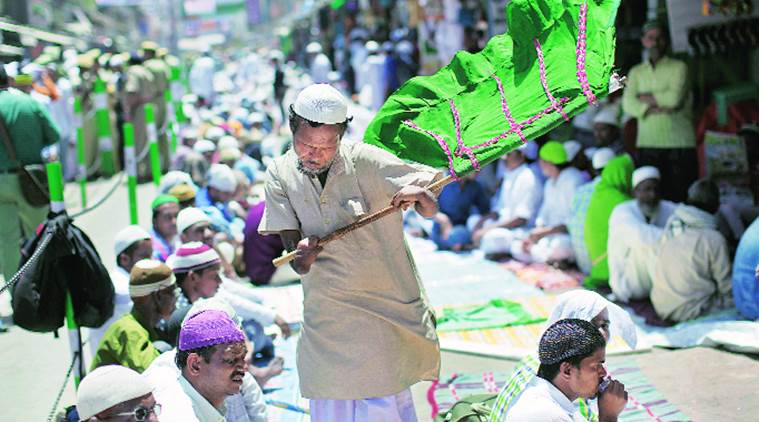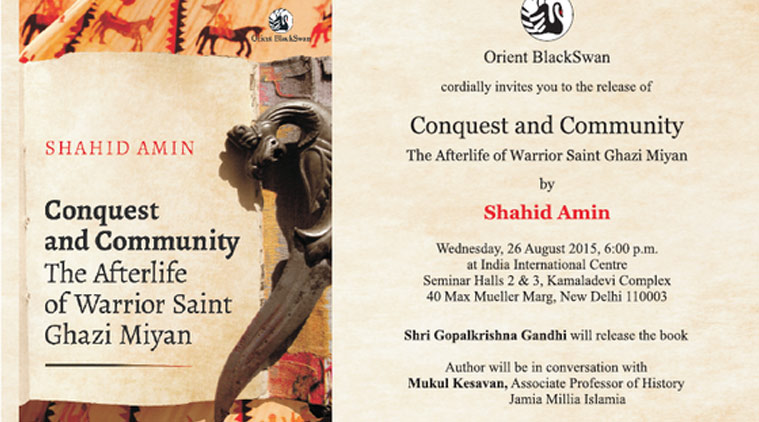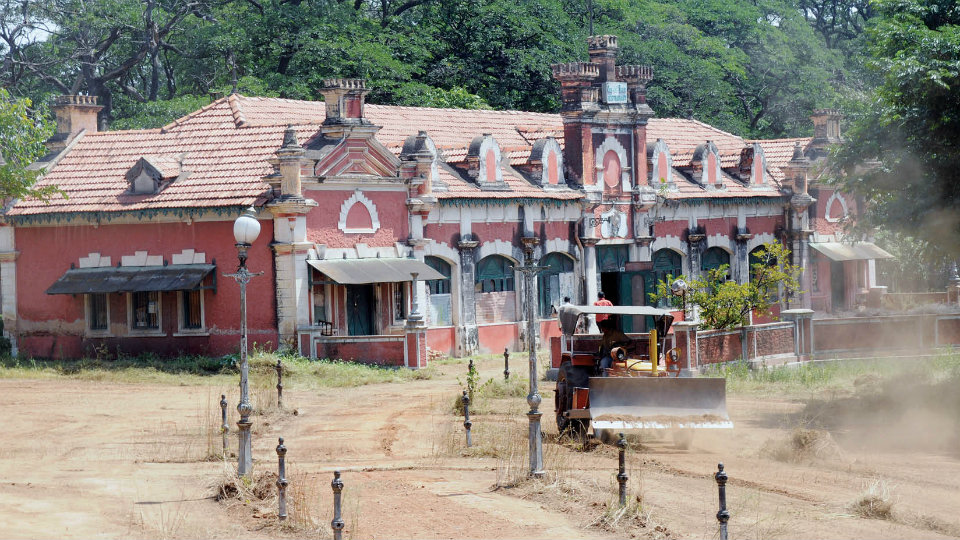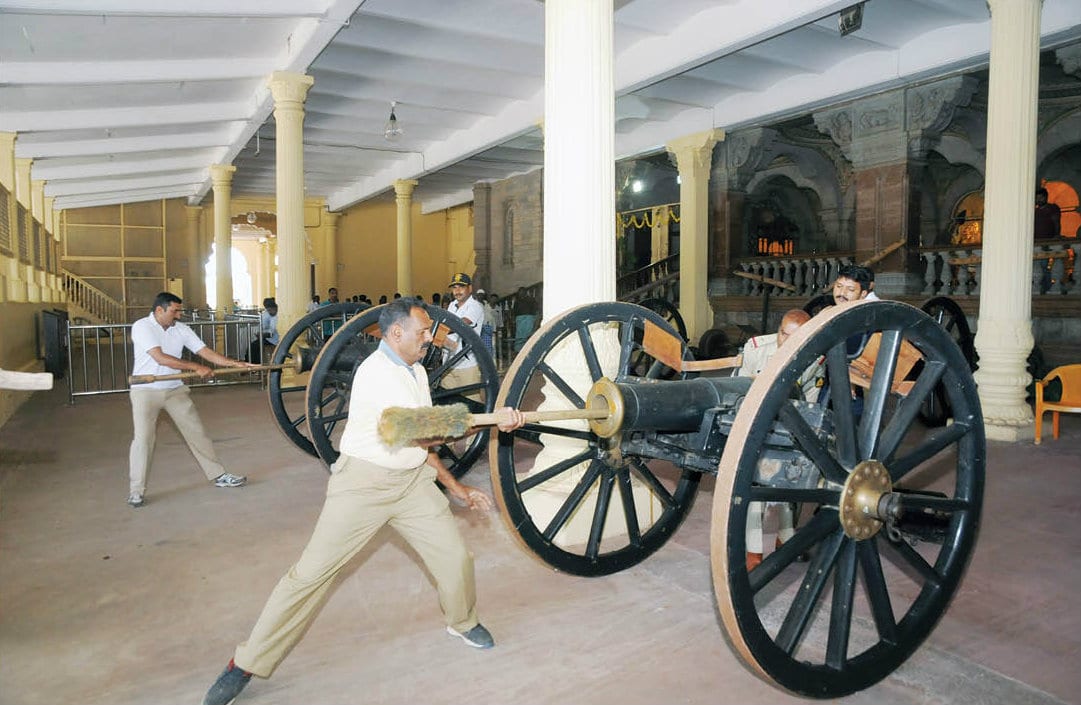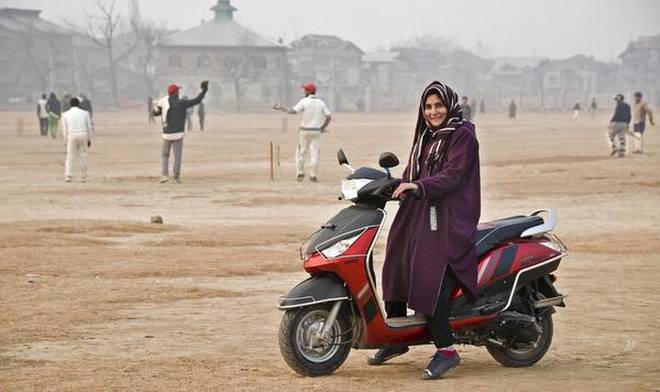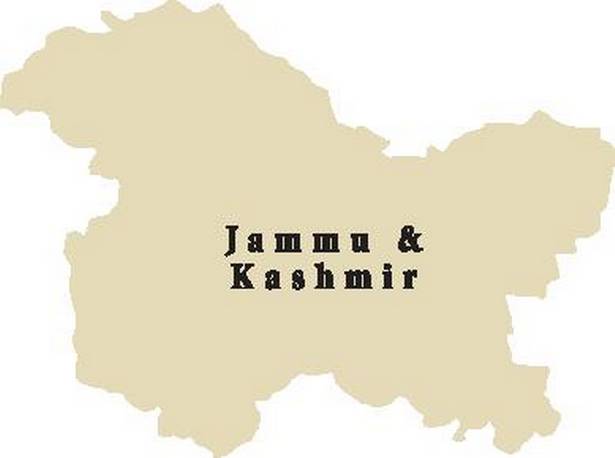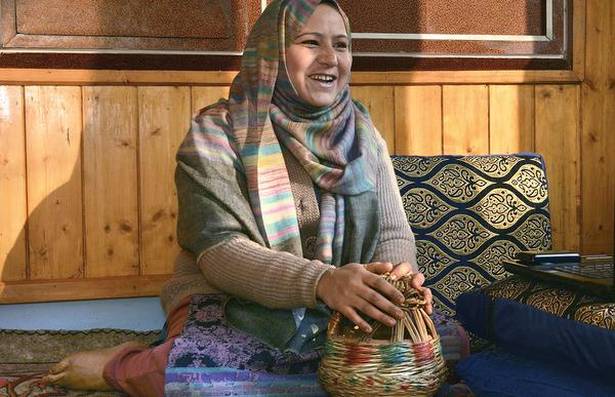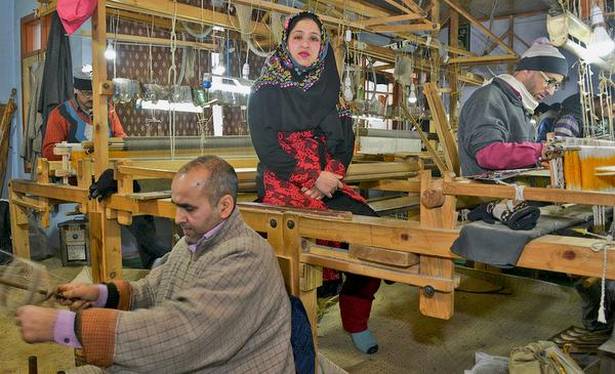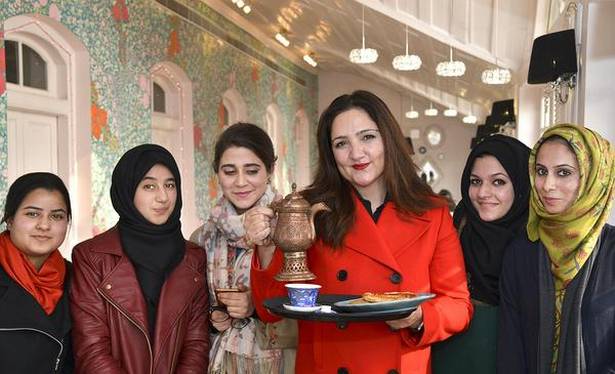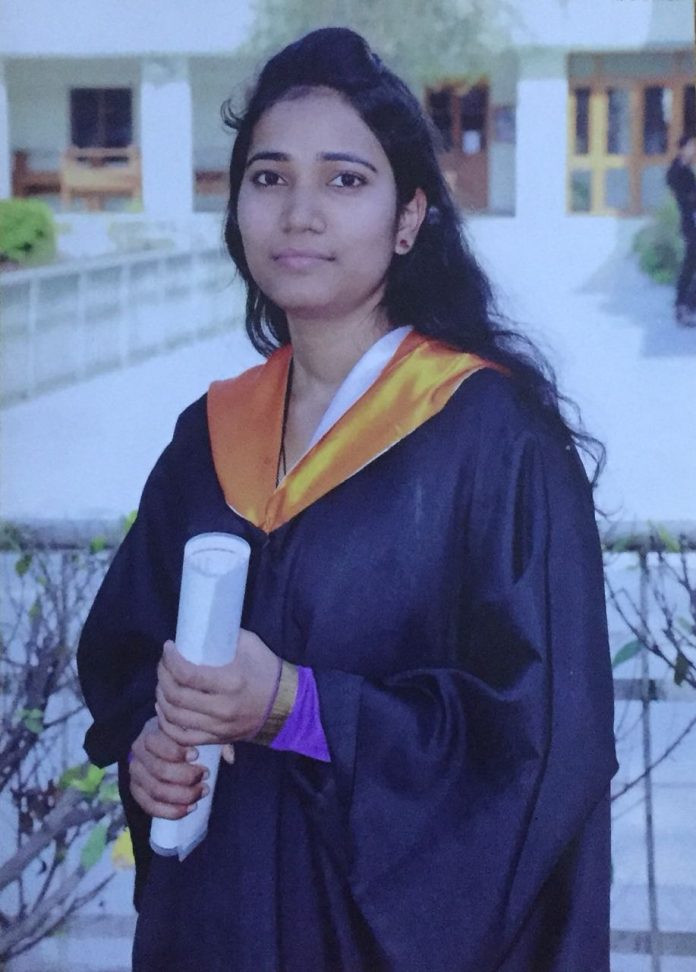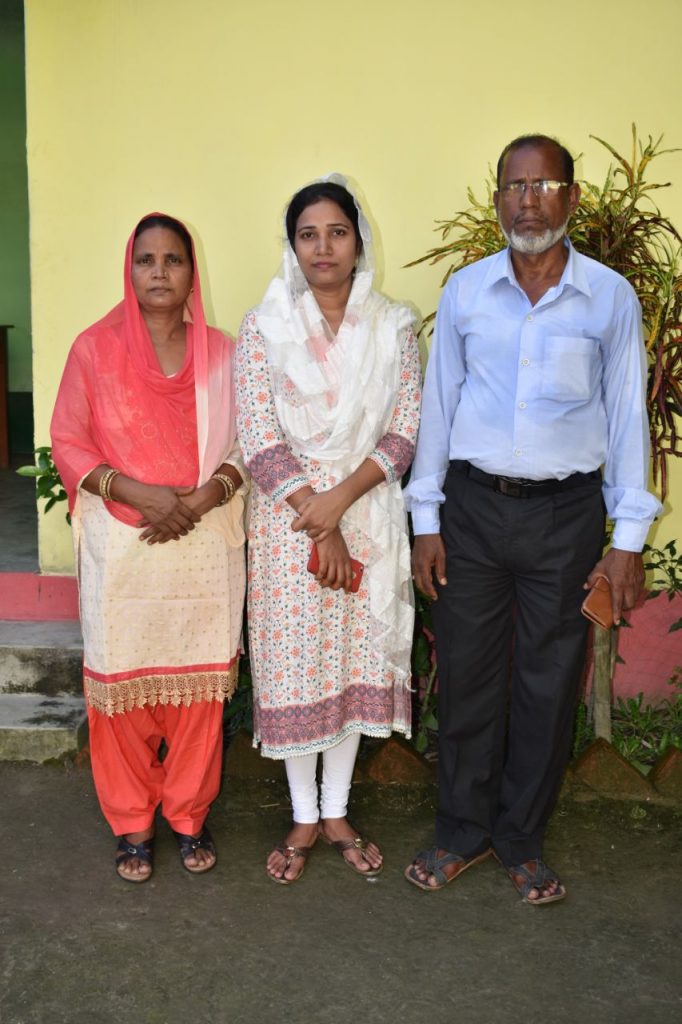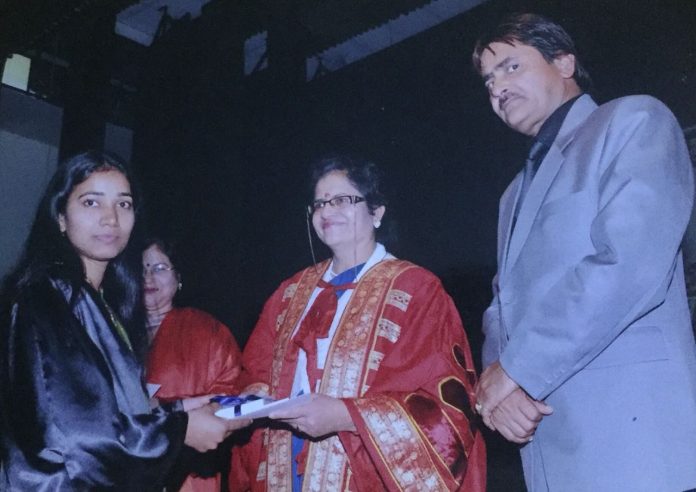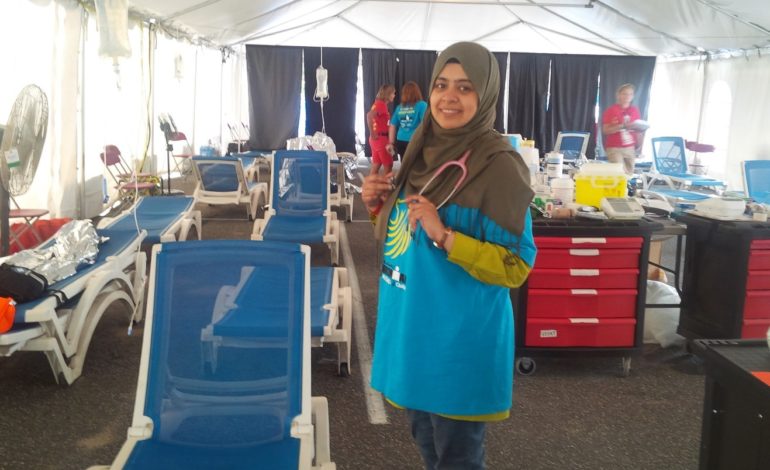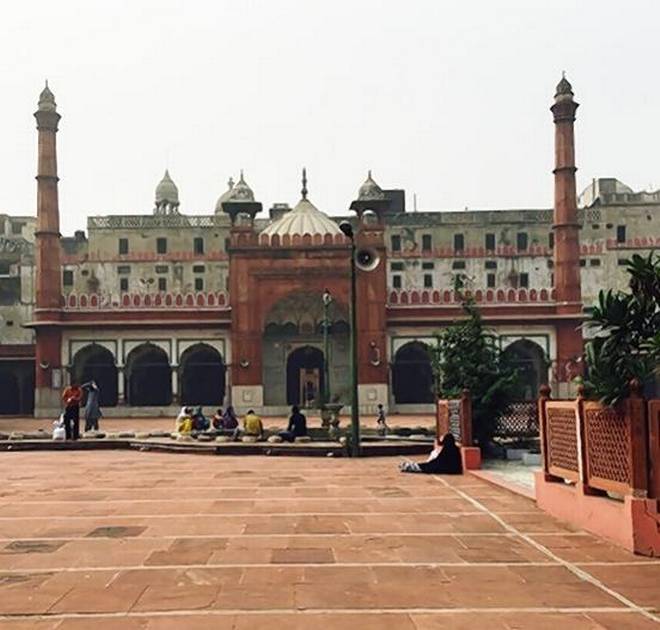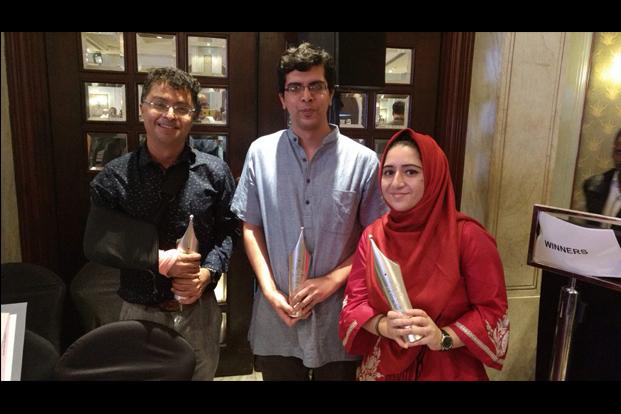Mumbai, MAHARASHTRA :
Mumbai:
Mohammad Halim Khan, a Muslim candidate of Shiv Sena, has won the municipal corporation elections in Mumbai where counting of votes to elect the new body of 227-member Mahanagar Palika is still under way.
Haji Halim Khan won the 2017 BMC elections from Ward No 96.
Shiv Sena and BJP – two right wing Hindu parties are not known for having Muslims as party members.
Meanwhile, the ruling Shiv Sena is set to better its 2012 performance of 75 corporators as counting of votes still continues in Mumbai. According to trends available at 03:30 pm, the Sena which broke its allinace with the BJP and decided to contest the BMC election alonse, is leading in 84 wards.
The BJP is ahead of its rivals in 80 wards. Congress candidates are ahead in 30 wards, whereas the NCP has taken lead in 08 and MNS in 07 wards.
The AIMIM has won in 03 wards so far whereas the Samajwadi Party (SP) has won 04 seats.
These are just trends. Final results are still awaited.
Live Update:
02:30 PM The ruling Shiv Sena is set to better its 2012 performance of 75 corporators as counting of votes still continues in Mumbai. According to trends available at 02: 30 pm, the Sena which broke its allinace with the BJP and decided to contest the BMC election alonse, is leading in 93 wards.
The BJP is ahead of its rivals in 73 wards. Congress candidates are ahead in 22 wards, whereas the NCP has taken lead in 07 and MNS in 07 wards.
The AIMIM has won in 03 wards so far whereas the Samajwadi Party (SP) has won 04 seats.
02:00 PM Rais Shaikh and Akhtar Qureshi of the Samajwadi Party (SP) have won the Brihanmumbai Municipal Corporation (BMC) elections held on February 21, according to the results announced by the State Election Commission today afternoon.
Rais Shaikh, the house leader of the Samajwadi Party (SP) and Member of Standing Committee in the last body, had won the best corporator award.
“Thanks for your faith in me, it’s a privilege to serve you all. Will continue doing it”, Rais Shaikh tweeted after the victory.
Rais Shaikh won the election from Madanpura/Nagpada area in Mumbai Central area. He defaeted his nearest rival by over 4,000 votes.
01:00 PM The All India Majlis-e-Ittehadul Muslimeen (AIMIM) registered its first victory in the cash-rich Mumbai Municipal Corporation (BMC) elections after the party candidate Waqarunnisa Ansari defeated her rivals by a comfortable margin.
Waqarunnisa Ansari, a corporator since last twenty years, had joined the AIMIM after she was denied the ticket by the Congress party.
Waqarunnisa Ansari has won the BMC election from Ward No. 223 Umerkhadi.
There are also reports that the AIMIM is also leading on one other seat.
Elsewhere in the city, Ruskhsana Siddiquee and Saira Fahad Azmi, both the candidates of Samajwadi Party (SP) led by Abu Asim Azmi in Maharashtra, have won the Mumbai Municipal Corporation (BMC) elections in their respective wards.
While Rukhsana Siddiquee has won the BMC 2017 election from Ward No. 136, Saira Fahad Azmi defeated her rivals in Ward No 134, according to the results declared by the State Election Commission today afternoon.
Meanwhile, the ruling Shiv Sena has bettered its 2012 performance of 85 seats by leading in 85 wards of Mumbai.
The BJP is leading in 52 wards, the Congress in 18, MNS in 10 and NCP in 03 wards. The AIMIM is yet to open its account in Mumbai, according to trends at 01:00 pm.
12:30 PM Ruskhsana Siddiquee and Saira Fahad Azmi, both the candidates of Samajwadi Party (SP) led by Abu Asim Azmi in Maharashtra, have won the Mumbai Municipal Corporation (BMC) elections in their respective wards.
While Rukhsana Siddiquee has won the BMC 2017 election from Ward No. 136, Saira Fahad Azmi defeated her rivals in Ward No 134, according to the results declared by the State Election Commission today afternoon.
Meanwhile, the ruling Shiv Sena has bettered its 2012 performance of 75 seats by leading in 85 wards of Mumbai.
The BJP is leading in 53 wards, the Congress in 19, MNS in 10 and NCP in 05 wards. The AIMIM is yet to open its account in Mumbai.
11:45 AM The ruling Shiv Sena is heading for a thumping victory in Mumbai. According to trends available at 11: 45 am, the Sena which broke its allinace with the BJP and decided to contest the BMC election alonse, is leading on 72 seats.
The BJP is ahead of its rivals on 40 seatss. Congress’ candidates are ahead on 14 seats, whereas the NCP has taken the lead in 05 and MNS in 08 wards. The AIMIM, SP and others are leaders in 04 wards.
Shiv Sena’s performance in Mumbai poll battle is way better than the party fared in 2012 elections. Shiv Sena had won 75 seats. However, Shiv Sena’s final tally in this round of polls is expected to exceed the previous figures of 75.
11:00 AM The ruling Shiv Sena is heading for a thumoing victory in Mumbai. Aaccording to trends available at 11: 00 am, the Sena which broke its allinace with the BJP and decided to contest the BMC election alonse, is leading in 45 wards.
The BJP is ahead of its rivals in 28 wards. Congress’ candidates are ahead on 07 seats, whereas the NCP has taken the lead in 2. MNS leads in 02 wards. The AIMIM, SP and others are yet to open account.
Meanwhile, Shiv Sena workers have gathered in several parts of Mumbai and Thane. The party workers have begun the celebration. As per the early trends, Shiv Sena appears to be making huge leap in the electoral battle.
10:40 AM The Counting of votes in Mumbai to elect the new body of the Mumbai Maha Nagar Palika (BMC) began Thursday morning at around 10:00 am. According to trends available at 10: 40 am, Shiv Sena is leading in 07 wards whereas the BJP is ahead of its rivals in 03 wards.
These are just trends. Final results are still awaited.
10:15 AM The Counting of votes in Mumbai to elect the new body of the Mumbai Maha Nagar Palika (BMC) began Thursday morning at around 10:00 am. The process began with counting of postal votes.
After counting of postal votes are over, the round wise counting of different Municipal wards will begin, election officials said.
Trends and results are expected to start coming by 11:00 am
09:00 AM Counting of votes to elect the new body of 227-member cash-rich Brihanmumbai Municipal Corporation (BMC) is scheduled to begin today i.e. Thursday February 23, 2017 at 10:00 am, an election officer said. India’s commercial hub Mumbai went to polls on Tuesday, recording 55.28 per cent voter turnout – highest in recent years.
Along with Mumbai, 09 other Municipal Corporations also went to the poll on Tuesday. Counting of votes in all these civic bodies including Nashik, Pune, Nagpur, Thane and Akola will start at 10:00 am today, the election officer added.
In Mumbai, the main parties in the fray are the ruling Shiv Sena, Bhartiya Janata Party (BJP), Congress, Nationalist Congress Party (NCP), Samajwadi Party (SP) and All India Majlis-e-Ittehadul Muslimeen (AIMIM).
About 2,275 candidates contested the bitterly fought elections.Over 92 lakh voters exercised their democratic rights.
While overall turnout for the BMC election was nearly 10 percentage points up from the last time, in 52 of the total 227 electoral wards, more than 60% of voters exercised their franchise. That’s nearly two of every three registered voters.
BJP and its bickering ally in the state government Shiv Sena, who could not form an alliance for the civic poll in the megapolis or elsewhere this time, fought keenly, lashing out freely at each other during the bitter campaign.
Surge in voting occurred in two suburban clusters, the stretch comprising Bhandup, Mulund, Vikhroli and Ghatkopar in the eastern suburbs, and the areas comprising Jogeshwari, Dindoshi, Malad, Kandivli, Borivli, Gorai and Dahisar in the west.
Overall, though turnout was high in pure percentage terms, the absolute number of voters rose by less than 5 lakh.This is because the electoral list shrunk due to roll revisions after deletion of names for various reasons.
As per the existing position, Shiv Sena has 75 – maximum number of corporators and ruling the Mumbai Mahanagar Palika in alliance with the BJP which has 31 members.
Congress has a total of 52 members, the Nationalist Congress Party (NCP) has 13 members and others including Abu Asim Azmi led Samajwadi Party (SP) and independents have a total of 28 members.
The AIMIM currently has no member in Mumbai, as the Owaisi led Hyderabad based party is contesting the Mumbai BMC Elections for the first time.
Chief minister Devendra Fadnavis and Shiv Sena president Uddhav Thackeray are sailing in the same boat over the outcome of the crucial elections to the BMC.
In the event BJP fails to secure a clear majority, Fadnavis will be in trouble though he has declared that the outcome of the polls will not be a referendum on his two-year-old government.
Thackeray has made the election a prestige issue as it is for the first time in the recent past that the Shiv Sena has been challenged in the BMC polls. Sena has directly controlled the BMC since 1997.
Ever since Sena unilaterally terminated the alliance with BJP, Fadnavis embarked on an aggressive campaign against it, saying, it was alone responsible for the corruption and irregularities in BMC. Fadnavis alleged that the Sena was collecting `haftas’ from BMC contractors, and as a result, the quality of work was poor.
He addressed more than 22 election meetings and BJP put up well over 1,000 banners and hoardings across the metropolis, depicting Fadnavis as the posterboy of BJP.
“We have exposed the Sena’s corruption in BMC. We established that the quality of services in Mumbai was poor. BJP expects a clear majo rity. The mandate will be in our favour, we will not require a post-poll alliance,“ Fadnavis had told ToI a week ago.
Uddhav too did not lag behind in his aggressive campaign against BJP, particularly PM Narendra Modi and Fadnavis.
“The CM is presiding over a cabinet of goons,“ he observed.Thackeray and his son Aaditya concentrated on Mumbai to ensure that the Sena does not lose control over BMC.
Mumbai Congress president Sanjay Nirupam predicted a hung corporation.
“Congress will improve its performance. After the BMC polls, Sena and BJP will come together,“ Nirupam said. Nirupam said in the event BJP fails to secure a clear majority , it will be a verdict against the CM, since he had personally led the campaign against the Sena.
“The CM will have to accept the verdict and then decide,“ he said.
According to an NCP leader, if Sena secures a clear majority , Thackeray will not hesitate to pull out of the government.
The AIMIM led by Asaduddin Owaisi and Samajwadi Party led by Abu Asim Azmi too are optimistic about the results.
“High voter turnout was in our favour. We are confident of winning at least 15-20 seats in Mumbai”, AIMIM MLA Waris Pathan said.
source: http://www.ummid.com / Ummid.com / Home> Regional / by ummid.com Staff Reporter / February 23rd, 2017
